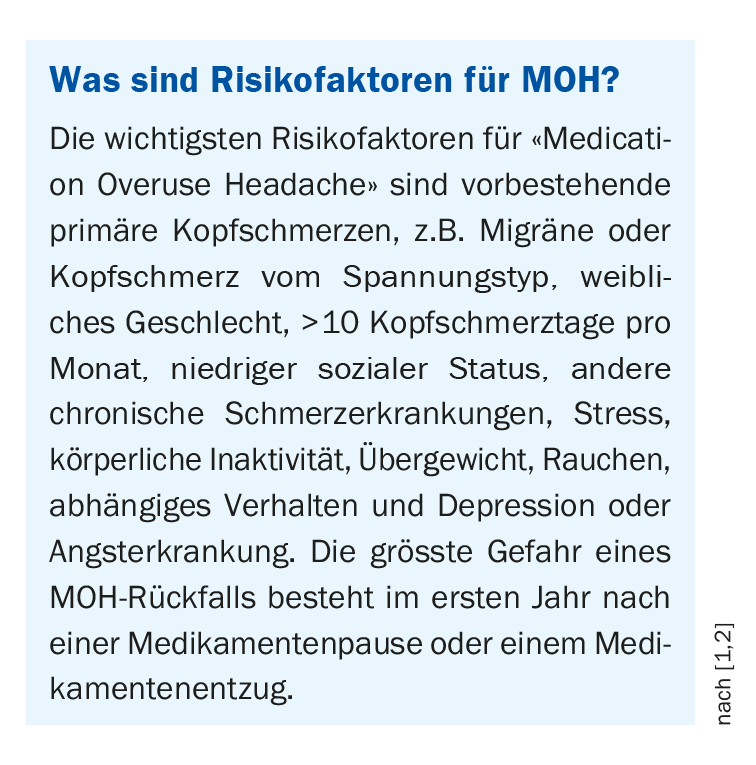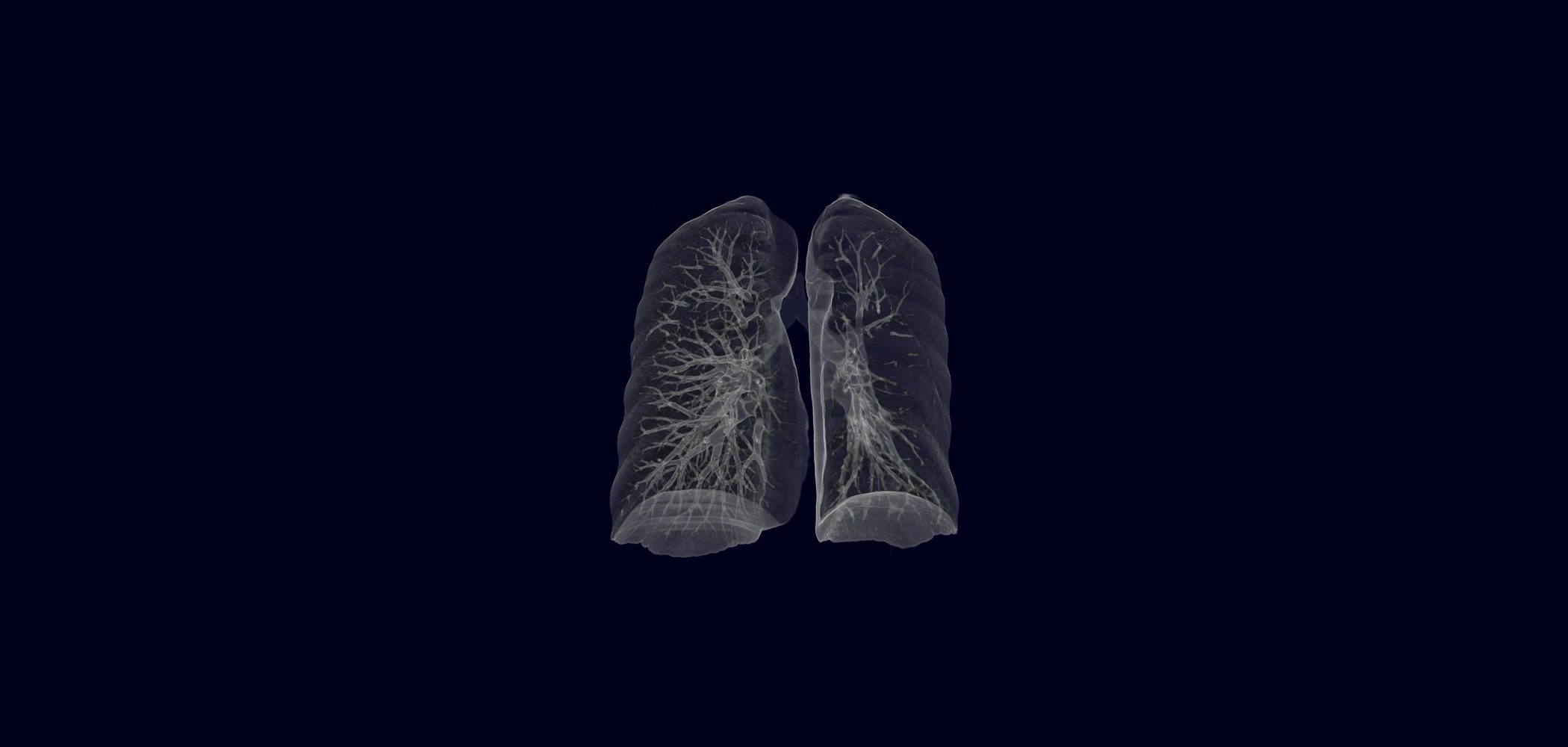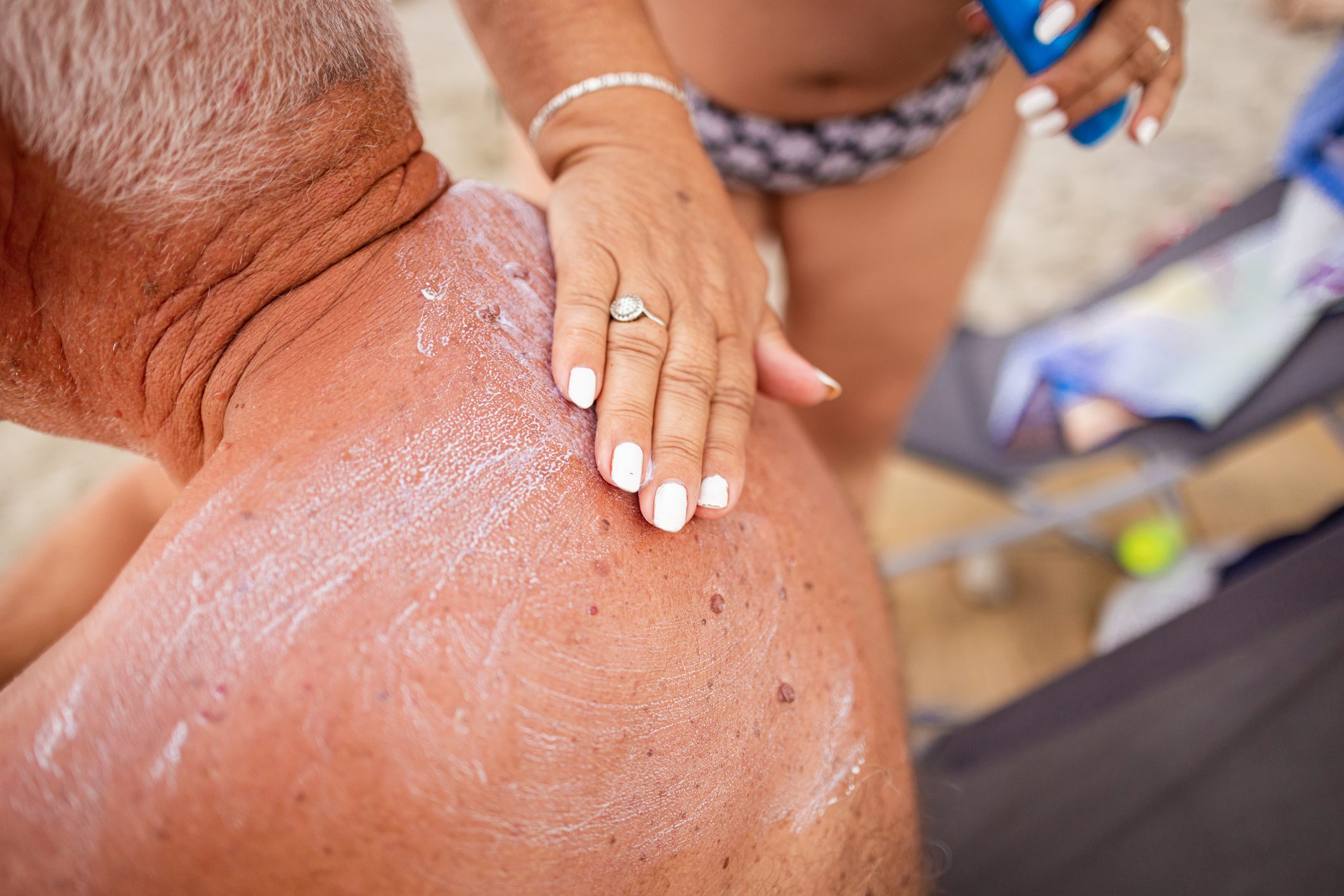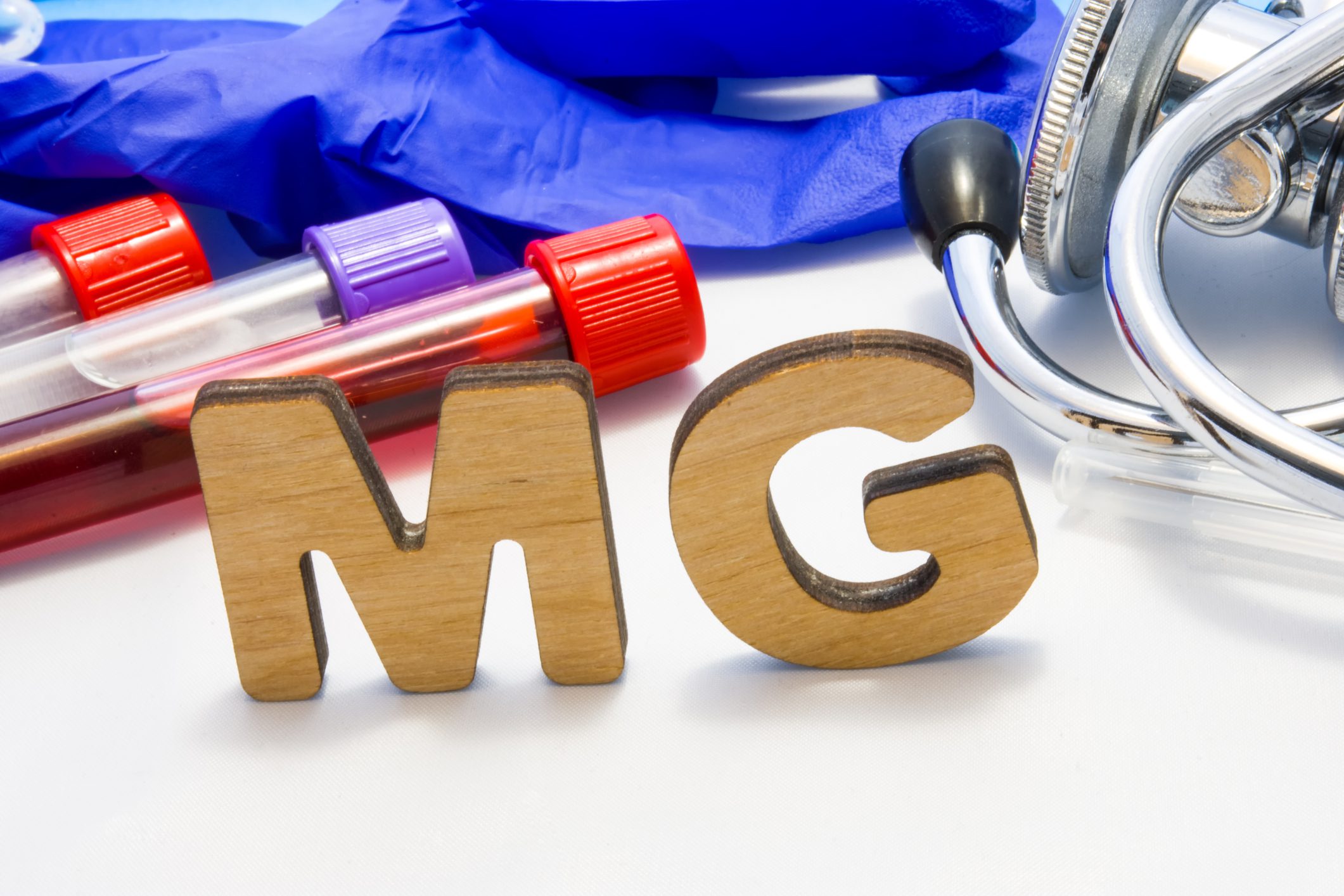The 2022 updated guideline incorporates the latest recommendations of the International Headache Society as well as current study findings on drug interventions. Antibodies directed against CGRP or its receptor have been shown to be effective not only in migraine prophylaxis but also in headache caused by overuse of analgesics or migraine medications.
By definition, medication overuse headache (MOH) is headache that occurs on more than 15 days per month and is treated with one or more pain medications for more than three months. For triptans, use on more than 10 days per month is required for diagnosis. The global prevalence of MOH ranges from 0.7-1% and the health economic costs are three times higher than episodic migraine. “The importance of the guideline lies in the fact that it draws attention to the problem of MOH and also sensitizes physicians to the problem,” explained Prof. Dr. Hans-Christoph Diener, Department of Neuroepidemiology, University of Duisburg-Essen (D), who was the lead author of the new guideline together with and Prof. Dr. Peter Kropp, Director of the Institute of Medical Psychology and Medical Sociology at the University Medical Center Rostock [1,2]. Several new findings necessitated the revision of the 2018 guidelines. First, the International Headache Society (IHS) has further specified the list of drugs that can cause MOH. On the other hand, monoclonal antibodies against CGRP or the CGRP receptor, such as topiramate and onabotulinumtoxin A, were shown to be effective not only in the prophylaxis of chronic migraine but also in patients with medication overuse headache.

The treatment recommendations at a glance
The guideline provides an update on therapy, which should be delivered in several stages. The success rate of such a staged therapy is about 50-70% after 6 to 12 months. There is a high rate of relapse, especially among patients with opioid overuse, he said. These are the proposed treatment measures:
- Patients with medication overuse (“MO”) or medication overuse headache (“MOH”) should first be educated about the relationship between frequent use of symptomatic headache medication and chronicity of headache. The goal is to reduce and limit the use of acute medication.
- As a second step, prophylaxis should be initiated in patients with migraine and overuse of pain or migraine medications (MOH). Topiramate, onabotulinumtoxin A, and the monoclonal antibodies to CGRP or the CGRP receptor may also be effective during existing drug overuse. In patients with tension-type headache, drug prophylaxis is with amitriptyline. Drug prophylaxis should be supplemented by non-drug measures.
- In patients for whom education and drug prophylaxis are not sufficient, an alternative is a medication break, which should be carried out on an outpatient, day-care or inpatient basis, depending on the constellation.
- For those with headache from opioid overuse, the guideline suggests inpatient withdrawal treatment.
- Tricyclic antidepressants, neuroleptics (antiemetics), and administration of steroids are recommended for treatment of withdrawal symptoms or headache during the medication break.
- The guideline authors point out that consistent patient education and continued close follow-up reduce the risk of relapse.
Literature:
- Diener H-C, et al: Medication overuse headache (MOH), S1 guideline, 2022. www.dgn.org/leitlinien, (last accessed 07/26/2022)
- “Updated: S1 guideline Headache associated with overuse of analgesics or migraine medications,” German Society of Neurology, 04/05/2022.
HAUSARZT PRAXIS 2022; 17(8): 27
InFo NEUROLOGY & PSYCHIATRY 2022; 20(5): 34.












